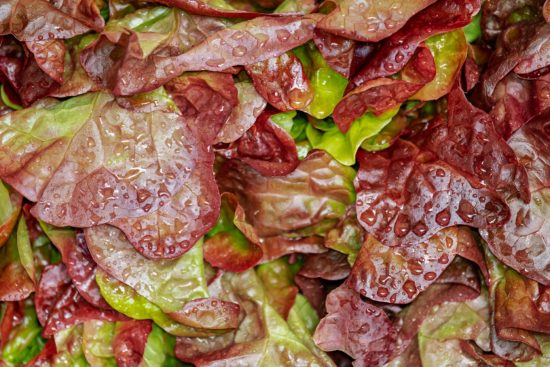Researchers find antibiotic resistance genes on leafy greens
Researchers from a German institute have expanded knowledge about produce harboring antibiotic resistance genes that often escape traditional molecular detection methods.
These antibiotic resistance genes might evade cultivation-independent detection, but could still be transferred to human pathogens, according to a team from the Julius Kühn Institut.
Fresh fruits and vegetables are increasingly recognized as a source of pathogenic bacteria, antibiotic-resistant bacteria, and antibiotic resistance genes. The study in the journal mBio explored methods to characterize the transferable resistome – the collection of antibiotic resistance genes present in bacteria – associated with produce.
Mixed salad, arugula, and cilantro bought from supermarkets in Germany were analyzed by cultivation- and DNA-based methods. Before and after a nonselective enrichment step, tetracycline (TET)-resistant E. coli were isolated and plasmids conferring TET resistance were captured by exogenous plasmid isolation. TET-resistant E. coli isolated from arugula and cilantro carried IncF, IncI1, IncN, IncHI1, IncU, and IncX1 plasmids. From mixed salad and cilantro, IncF, IncI1, and IncP-1β plasmids were captured.
Source: Food Safety News
Secure Foods
